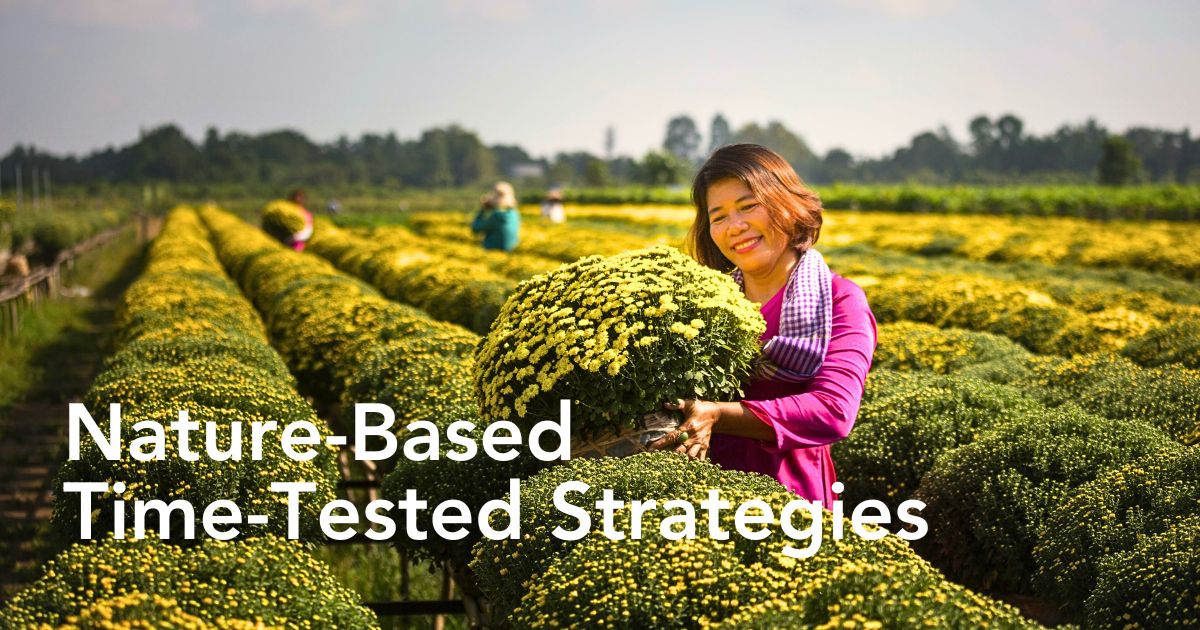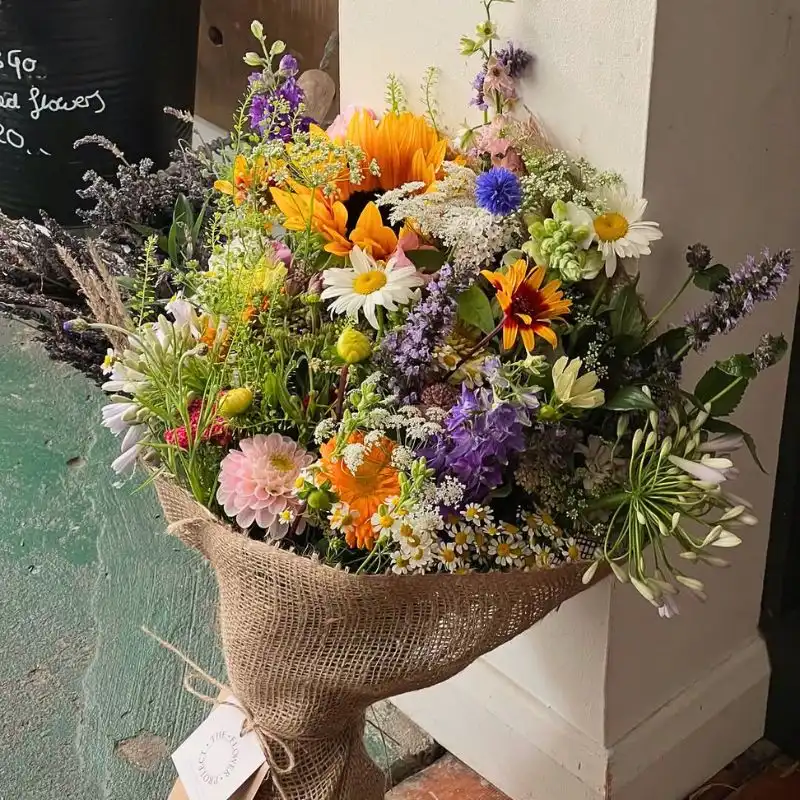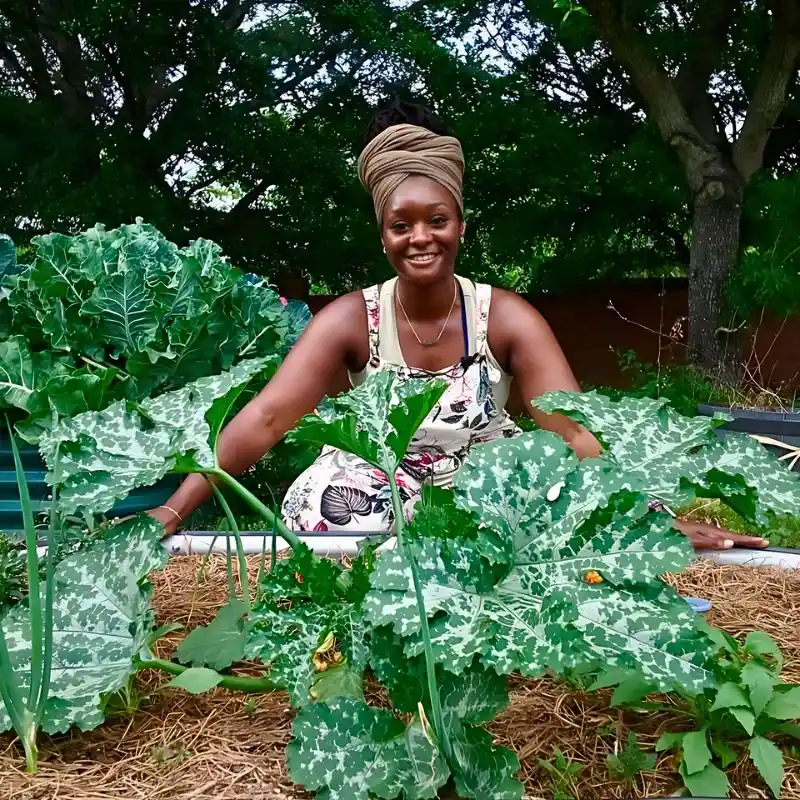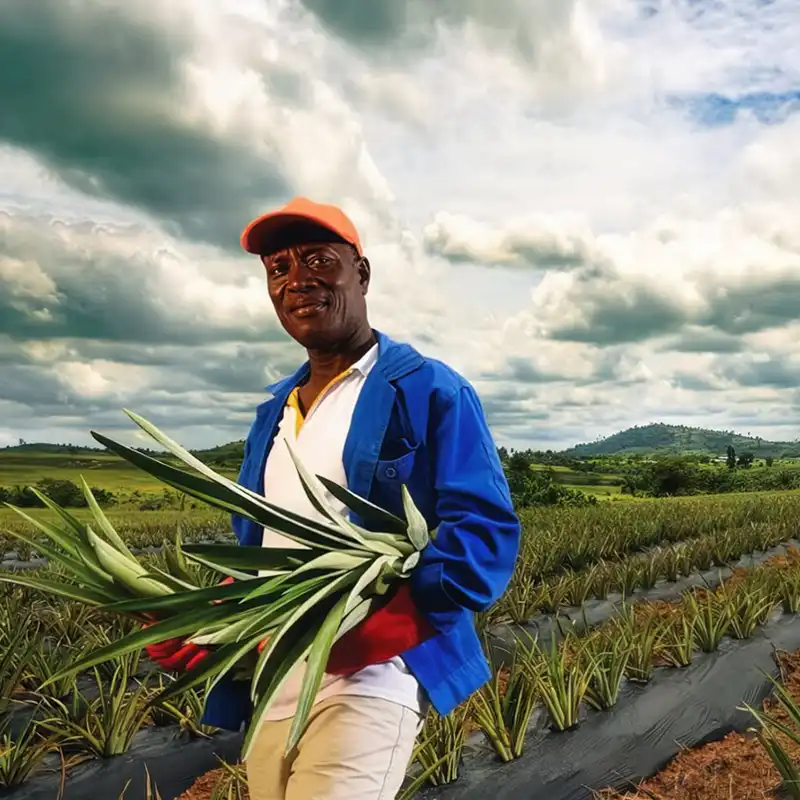Pests and disease challenges have long burdened the flower sector and the general agricultural industry. While remedial methods like integrated pest management (IPM) and other biological interventions have been largely effective, more sustainable approaches like crop rotation and intercropping, two agricultural techniques that have proven remarkably successful in pest and disease management within the flower industry, are gaining traction. These nature-based strategies combat pests and diseases while reducing chemical dependency.
Such time-tested approaches offer flower growers natural alternatives to chemical-intensive pest control while supporting the natural ecosystem and the well-being of the soil. This perfectly demonstrates a growing shift from reactive pest control to proactive ecosystem conservation, aligning with environmental management. Besides reducing pesticide use, they rebuild soil health, enhance biodiversity conservation, and create resilient cultivation systems. Essentially, growers are increasingly disrupting pest lifecycles and nurturing beneficial insect populations by strategically manipulating plant diversity across space and time.
The Science Behind Crop Rotation in Breaking Pest and Disease Cycles
Crop rotation leverages temporal diversity to starve out pathogens and insects that are dependent on specific hosts. It involves systematically changing the types of flowers or plants grown in specific areas across successive seasons or years. When a flower species is replaced by a botanically unrelated crop, pests adapted to the original host face reproductive dead ends. The efficacy of this approach in floriculture arises from its ability to break pest cycles that would otherwise establish and intensify in monoculture systems.
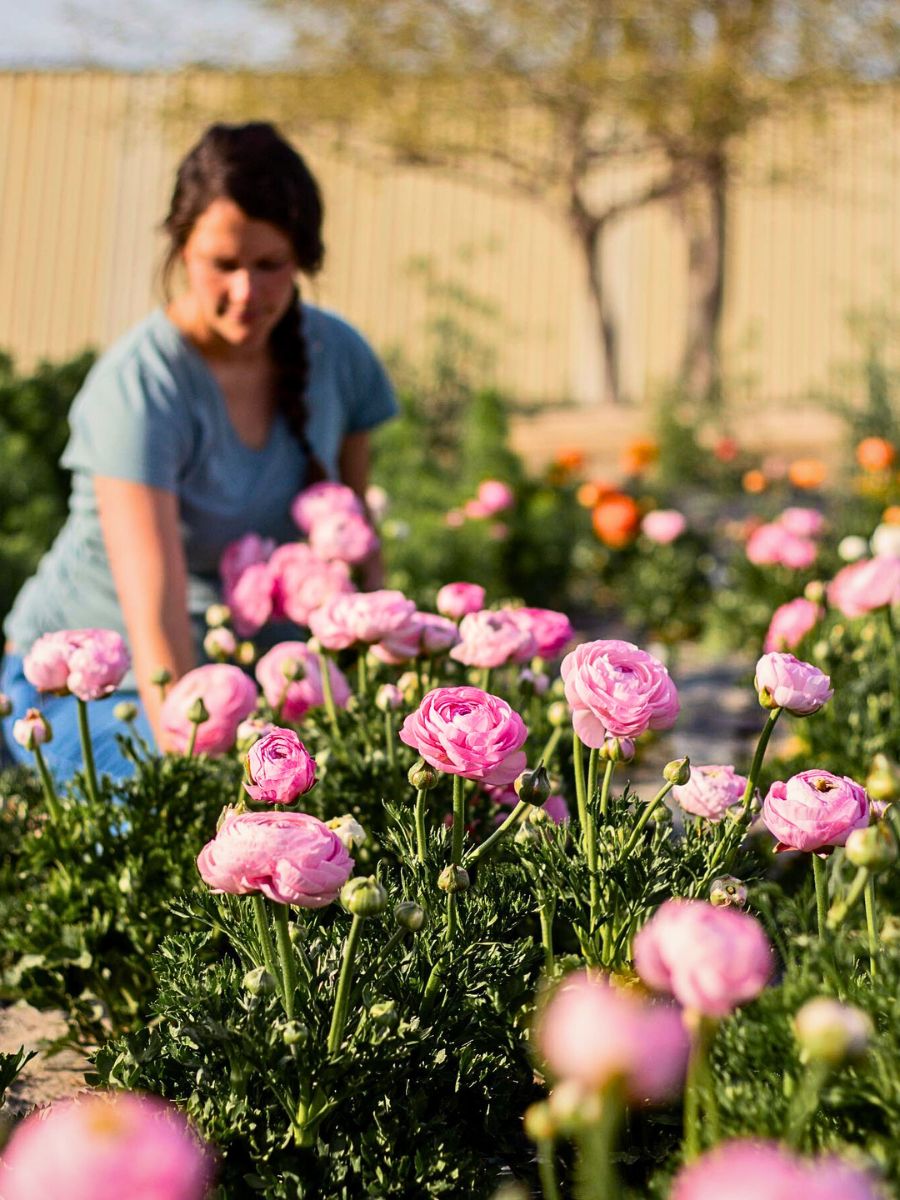
The approach of crop rotation continues to prove exceptionally effective against pathogens with limited host ranges and poor mobility between growth stages. Research cited by Sustainable Agriculture Research and Education (SARE) emphasizes that the success of crop rotation hinges on understanding four key pathogen characteristics: survival duration in soil, host range, alternative survival mechanisms, and dispersal methods.
Pathogens like Fusarium oxysporum, which cause wilt in carnations and lisianthus, among other flowers, produce resilient chlamydospores that can persist for years. Effective rotations must exceed this survival period—often 3-5 years—while avoiding botanically related plants that might harbor the pathogen. Crucially, rotation effectiveness varies dramatically by pathogen biology. While soil transient pathogens die with host debris decomposition, soil inhabitants like Pythium and Rhizoctonia often persist as saprophytes on organic matter, requiring complementary strategies. Institutional programs like Florverde Sustainable Flowers (FSF) and the Kenya Flower Council’s (KFC) certification initiatives often train growers in such biology-specific rotations, particularly for flowers susceptible to soil-borne fungi.

Still, emphasizing the important principles underlying successful crop rotation, understanding pest biology, and host specificity is important. Many flower pests and diseases are highly specialized, requiring particular plant families or species to complete their life cycles. When flower growers rotate crops from different botanical families, they effectively remove the food source and habitat that these pests depend upon, leading to natural population declines. For instance, rotating snapdragons, which attract caterpillars, with non-susceptible species like marigolds can significantly reduce pest pressure in subsequent plantings.
Flower crops should, therefore, be grouped by botanical families, with rotations designed to avoid planting related species in the same location for at least three years, to ensure sufficient time for pest populations to decline to manageable levels while preventing the buildup of soil-borne pathogens that can persist in the growing medium. In essence, effective crop rotation planning requires careful consideration of plant families and their associated pest complexes.
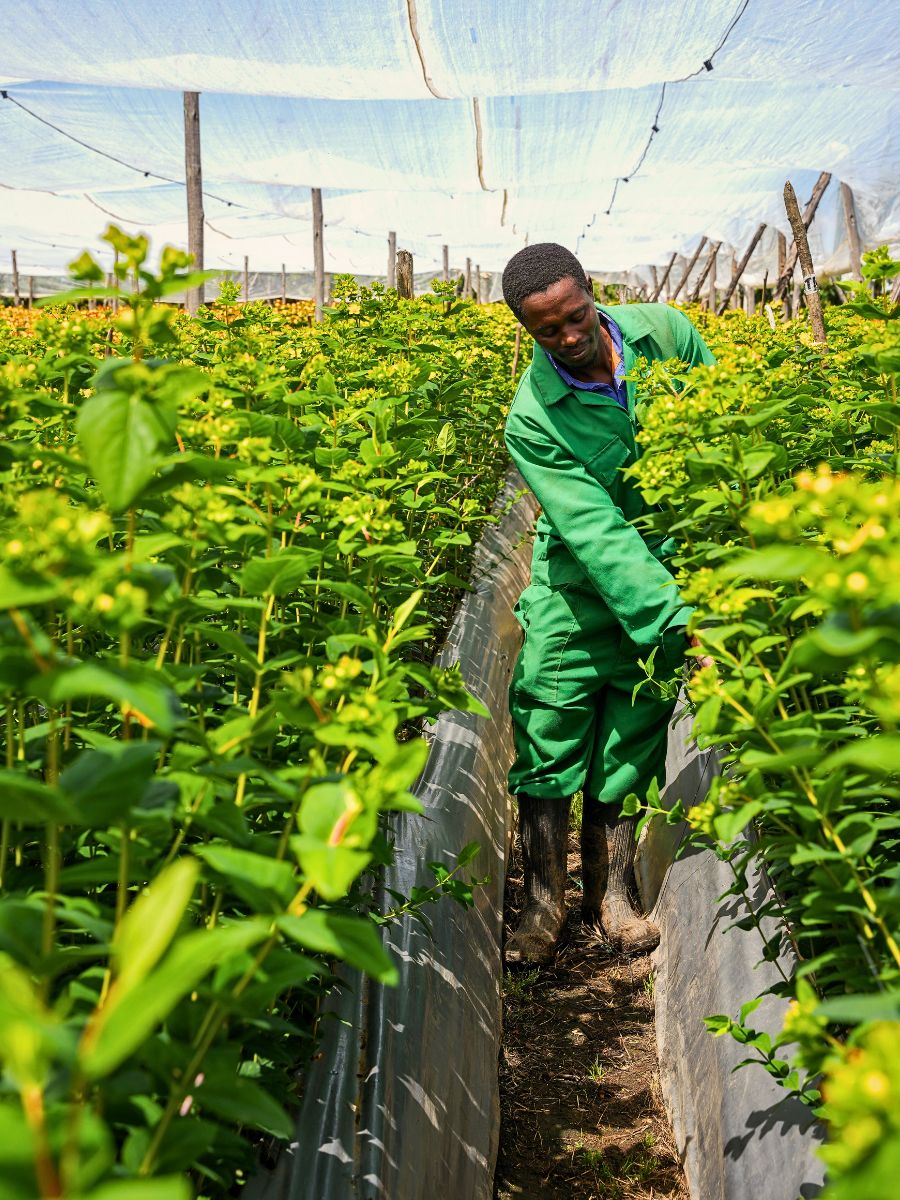
Intercropping and Spatial Diversity as Pest Management in Flower Production
Where rotation manipulates time, intercropping manipulates space. Intercropping, which is the practice of growing two or more crop species simultaneously in the same field, is an ingenious approach to pest management that mimics natural ecosystem diversity. In floriculture, it creates composite growing systems where different flower species or companion plants work together to naturally suppress pests and diseases while maximizing resource utilization.
The mechanisms by which intercropping controls pests operate on several levels. Visual and chemical disruption play a crucial role, as pest insects often rely on visual cues and specific scent profiles to locate their preferred host plants. Growing flowers alongside carefully selected companion plants creates ecological disorientation for pests. The ‘resource concentration hypothesis’ explains this phenomenon: pests locate hosts more efficiently in monocultures where visual, olfactory, and tactile cues form uninterrupted patterns. Introducing non-host plants like grasses or aromatic herbs physically masks host plants and emits confusing volatile compounds.
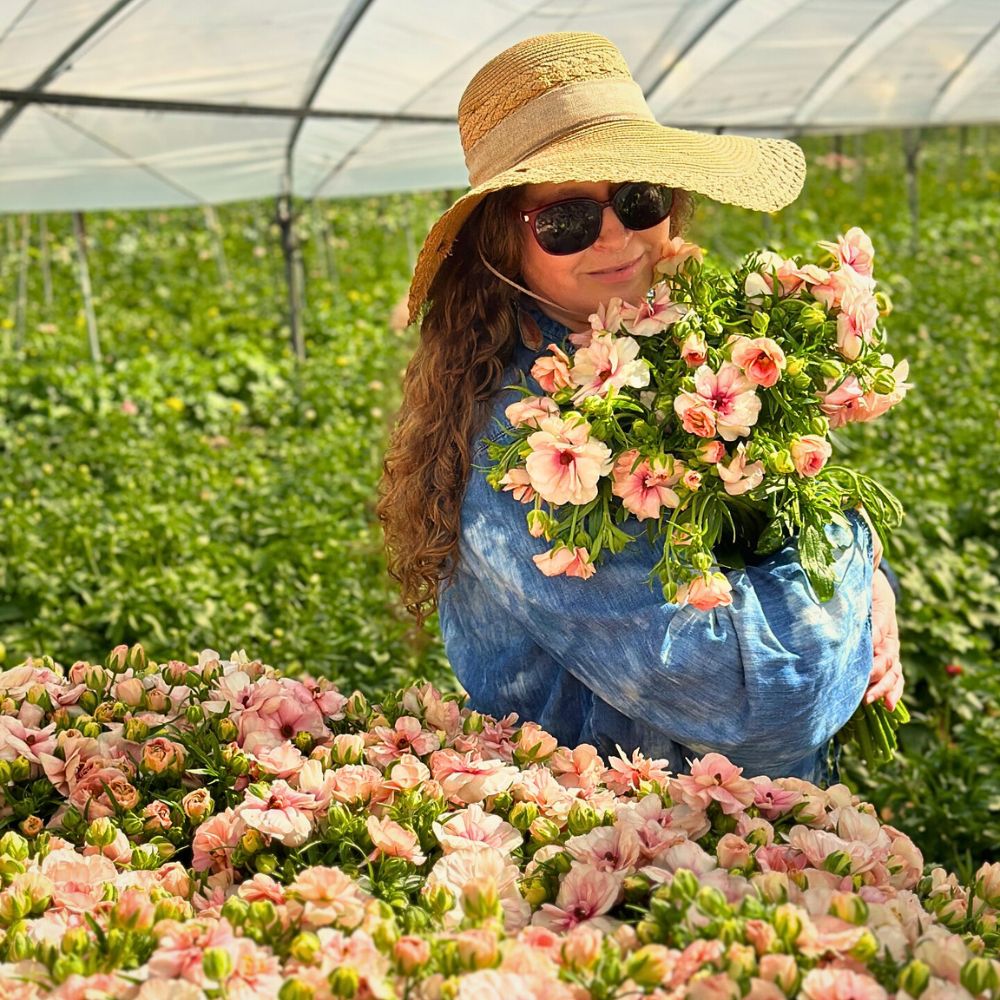
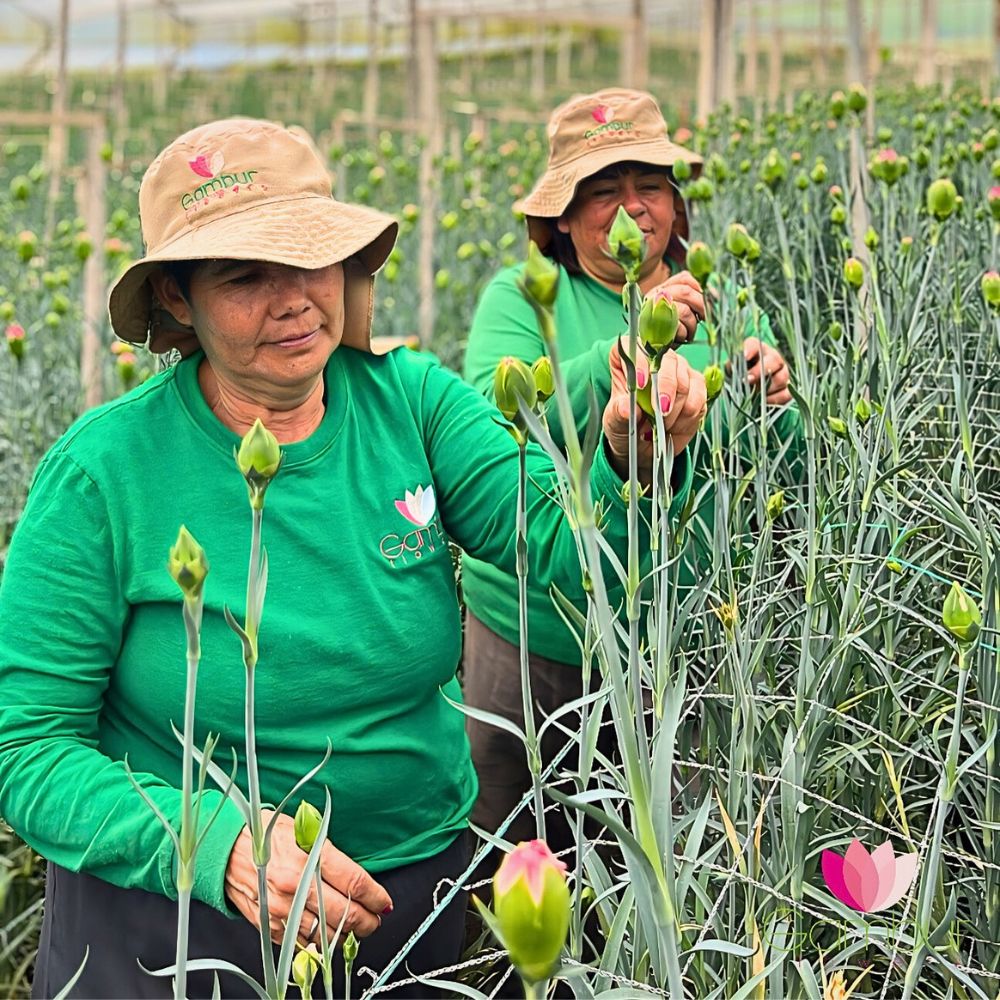
This means, when target crops are interspersed with non-host species, pests experience difficulty in locating and establishing on their preferred hosts. Additionally, certain intercrop species release natural compounds that actively repel harmful insects while attracting beneficial predators and parasites.
Research has shown that intercropping systems can increase flower visitation from beneficial insects by up to 1.5 million visits per hectare, effectively enhancing natural pest control services. Marigolds, for example, have proven particularly effective as intercrops, releasing thiophene compounds that repel root-knot nematodes while their distinctive scent deters aphids, whiteflies, and cabbage moths. When intercropped with susceptible flower species, marigolds create a protective barrier that significantly reduces pest damage without requiring chemical interventions.

More studies also reveal that intercropping’s efficacy depends heavily on pest host specificity. Specialist pests like the diamondback moth (Plutella xylostella), which attacks only brassicas, show significant population drops when non-host crops interrupt their search patterns. In contrast, generalists like whiteflies may persist across diverse plantings. Growers could leverage this by interplanting flowers like roses with herbs like coriander or chives, which repel aphids while attracting predatory insects.
Disease and Pest Management Through Crop Diversification
Soil-borne diseases are one of the most persistent challenges in floriculture, often causing devastating losses when left unchecked. Both crop rotation and intercropping offer effective tools for managing disease pathogens by disrupting their cycles and creating conditions unfavorable for survival. In this case, the efficacy of these approaches is due to their ability to reduce pathogen inoculum in the soil while promoting beneficial microbial communities that compete with harmful organisms.
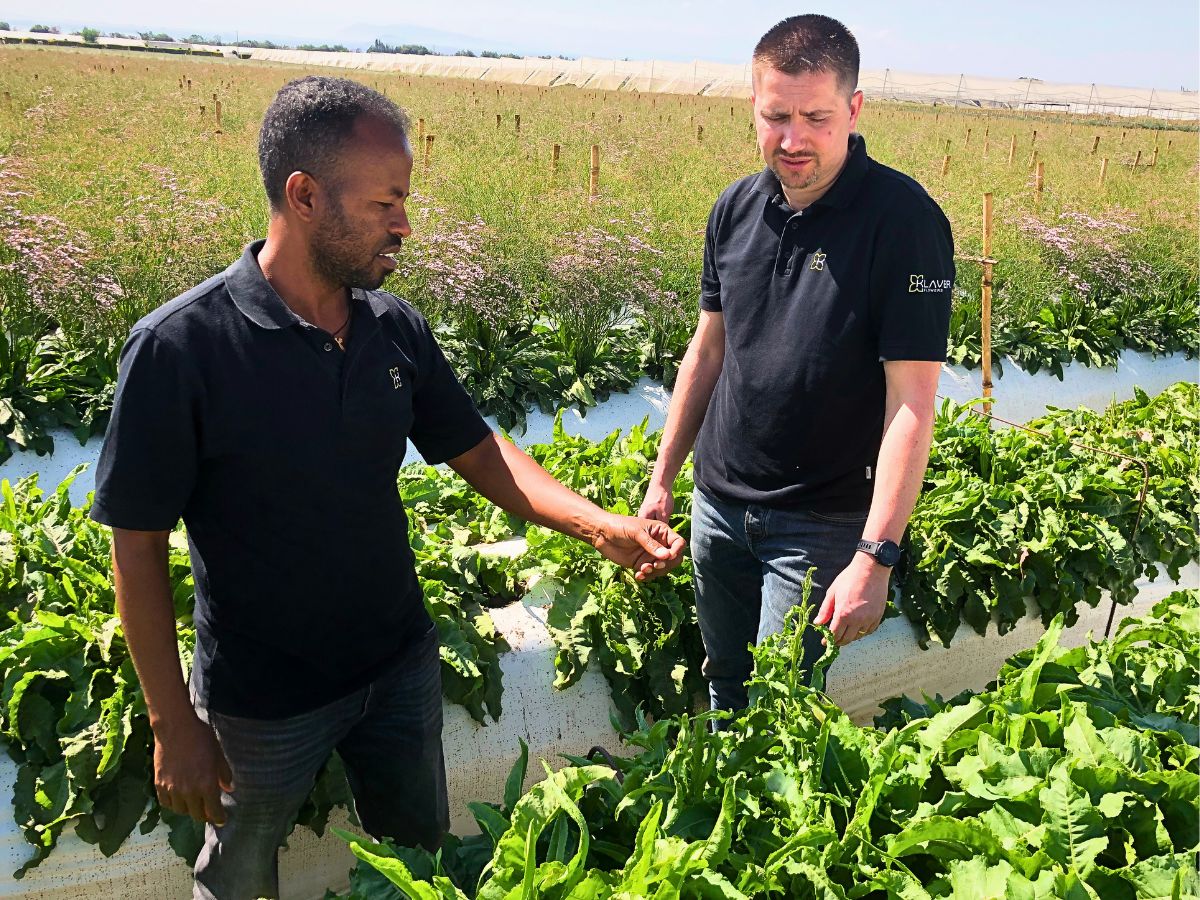
Crop rotation proves particularly effective against pathogens that survive in soil or crop residue between growing seasons because many fungal and bacterial diseases that affect flowers require specific ‘hosts’ to maintain their populations, making them vulnerable to rotational strategies. For diseases like Fusarium wilt, clubroot, and bacterial blight, rotating to non-host crops for three to seven years can reduce pathogen populations to negligible levels. However, the required rotation length varies depending on the specific pathogen's survival characteristics and environmental persistence.
Intercropping, on the other hand, contributes to disease management through several complementary mechanisms. The increased plant diversity creates micro-environmental conditions that may be less favorable for disease development, including altered humidity patterns and improved air circulation. Additionally, certain intercrop species possess natural antimicrobial properties or support beneficial soil microorganisms that suppress plant pathogens. The enhanced biodiversity in intercropped systems also promotes more robust soil ecosystems that resist pathogen establishment and spread.
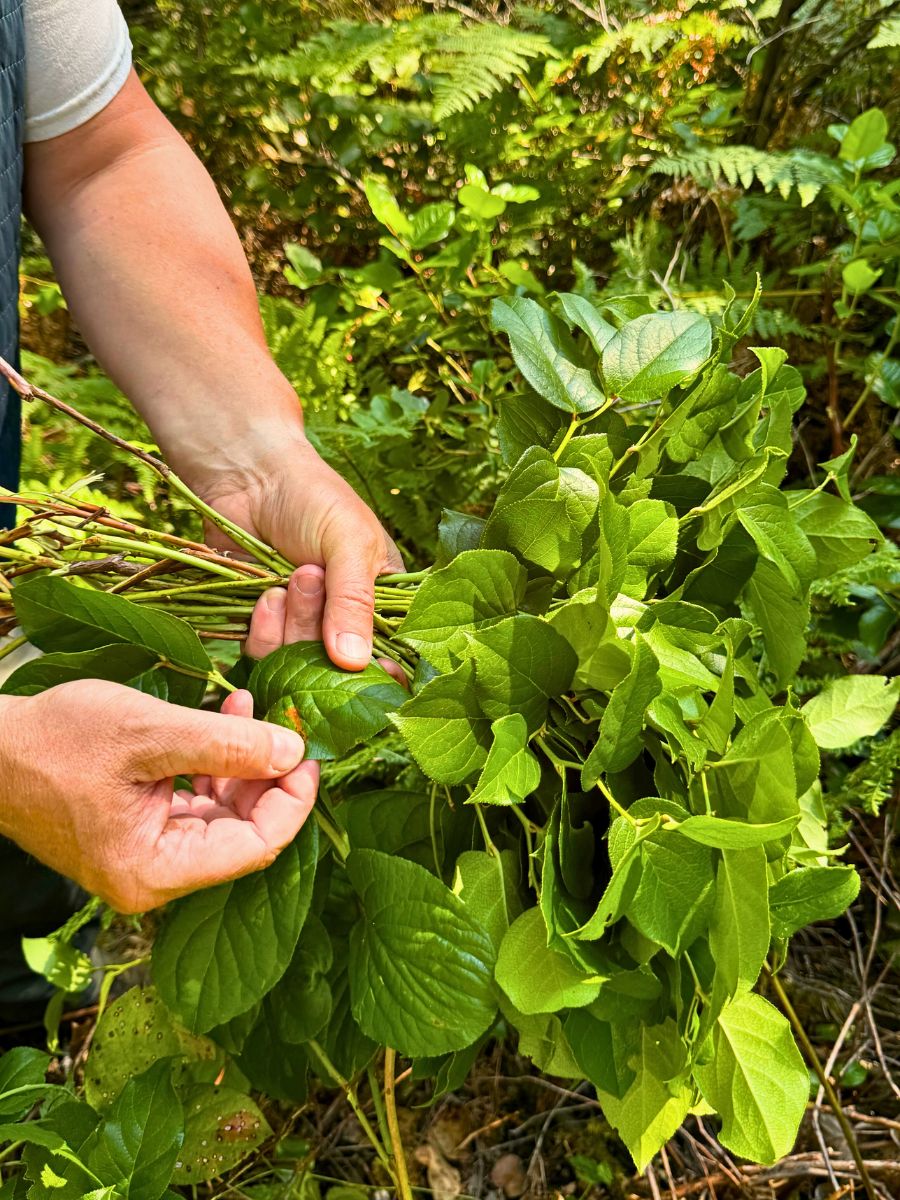
Implementation Strategies for Modern Floriculture
Successful implementation of crop rotation and intercropping requires careful planning and attention to specific operational considerations. Often, flower growers develop detailed rotation schedules that account for plant family relationships, pest life cycles, and market demands. This planning process involves mapping growing areas, cataloging pest and disease history, and creating multi-year crop sequences that optimize both pest management and production efficiency.
Growers, therefore, need to conduct soil assays to identify persistent threats like Verticillium microsclerotia before designing rotations. For high-value perennial flowers where rotation seems impractical, intercropping offers solutions. Many Ecuadorian growers intercrop rows with Tagetes minuta (Mexican marigold), whose roots release allelopathic compounds that suppress nematodes without uprooting primary crops.
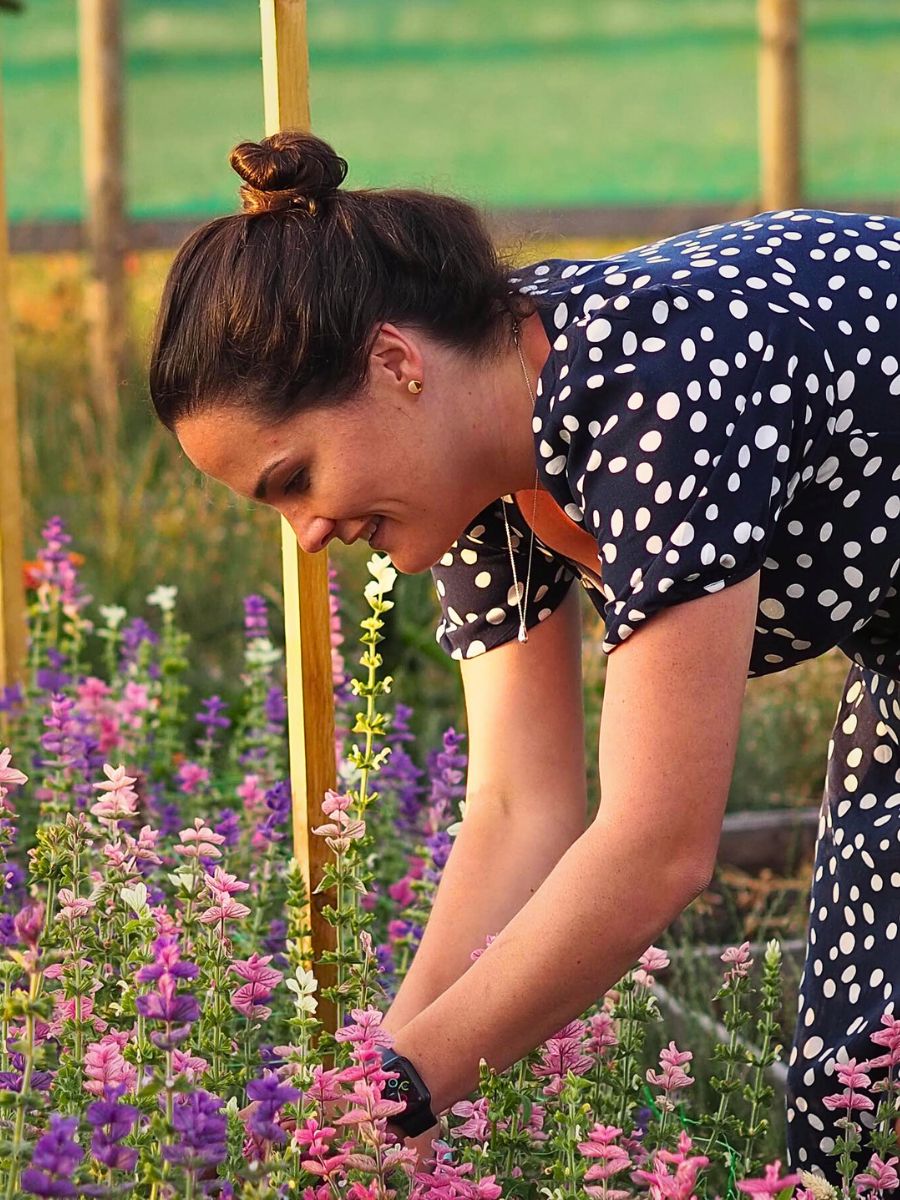
Trap cropping is another spatial tactic. Some growers plant borders of collard greens around stock flowers to lure diamondback moths away from primary crops. Crucially, these trap plants require active management—either insecticidal sprays or physical destruction—before pests migrate. Similarly, living mulches like white clover between dahlia rows conserve moisture while hosting ground beetles that prey on thrips pupae.
To add to that, modern technology also enhances the effectiveness of these traditional practices through precision agriculture tools and data management systems. Satellite-based monitoring, soil moisture sensors, and integrated pest management software help growers optimize rotation timing and intercrop selection based on real-time field conditions. These technological advances allow for more sophisticated implementation of diversification strategies while maintaining the operational efficiency required for commercial flower production.

Environmental and Economic Benefits of These Approaches
The adoption of crop rotation and intercropping in floriculture goes past pest management. It delivers substantial environmental and economic advantages. These practices contribute significantly to biodiversity preservation by creating habitat for beneficial insects, pollinators, and other wildlife that support ecosystem health. Plus, studies indicate that farms implementing these diversification strategies could reduce pesticide use by up to 50% while maintaining comparable yields.
Water conservation is another crucial benefit of diversified cropping systems. Intercropping can improve soil water retention through enhanced soil structure and reduced evaporation, while deeper-rooted companion plants can access water resources unavailable to shallow-rooted flowers. This enhanced water efficiency becomes increasingly important as the floriculture industry faces growing scrutiny over its water consumption.

The economic benefits include reduced input costs through decreased pesticide and fertilizer requirements, improved soil fertility through natural nutrient cycling, and potential premium pricing for sustainably produced flowers, as the modern-day consumer’s demand for environmentally responsible products continues to grow, with many willing to pay premium prices for sustainably produced and sourced flowers. This market trend creates strong economic incentives for flower producers to adopt strategies like crop rotation and intercropping practices.
Feature image by @grootinflowers, header image by Quang Nguyen Vinh

